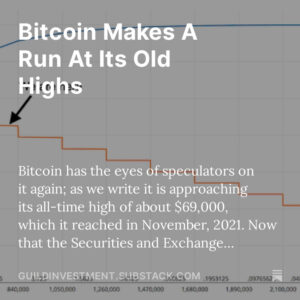As a high-risk, high-growth, high-reward industry, biotech stocks typically sport high valuations, and are therefore vulnerable in any market environment in which market participants become more cautious. The first quarter of 2016 handed investors such an environment, with overblown fears of an imminent Chinese economic collapse and of a global slowdown (or even a recession) leading to market declines and a rout in higher-risk equities such as biotech stocks.
Besides those macro worries, though, biotech had other troubles. Negative publicity has surrounded the industry over the pricing practices of several biotech and pharma companies. Martin Shkreli — now under indictment for securities fraud — received public condemnation when a pharma firm he’d bought acquired Daraprim, an old drug used to treat toxoplasmosis, and increased its price more than 5,000 percent. He became the poster child for price gouging… but the whole industry became a political whipping boy as presidential candidates lined up to call for measures that would restrain biotech and pharma pricing powers. Not good for projections of future earnings growth, which are the mother’s milk of stock prices, and the only justification for the industry’s high price-to-earnings multiples.
Another high-profile case battered the industry — roll-up firm Valeant (NYSE: VRX). VRX, in the time after Howard Schiller came on as Chief Financial Officer in 2011, turned highly leveraged acquisitions and sharp price increases into an aggressive pharma business model. Accusations of marketing misconduct and the general political atmosphere around drug pricing contributed to severe skepticism about that model, with critics charging that VRX was little more than a manifestation of extreme financial engineering, and not a real pharmaceutical firm. (The industry norm is to spend 16 to 18% of revenues on research and development; VRX spent 3% last year.) VRX stock took a cliff-dive, dropping more than 90% from its highs.
VRX’s fall had investors asking how many other pharma and biotech shoes remained to drop, and certainly contributed to the weakness of the NBI. Investors wondered, “Is the profitability of the whole industry based on price gouging and financial engineering?”
To that question, we can answer an emphatic “No.”
What follows is not an argument for initiating investments in biotech in the current market environment. Thorough analysis, besides evaluating a company’s pipeline, must indeed take account of market conditions, the psychology of investors, and the political environment.
However, we want to observe that beneath these concerns — beneath the macro environment, the market cycle, and the political troubles, there are many biotech firms which remain dedicated to research and development of new drugs to improve patients’ lives, alleviate their suffering, and meet huge unmet needs across a variety of illnesses. Beneath the turmoil of markets, scientists are at work to cure disease — and this is a fact that investors, focused on a company’s financial performance and stock price, can lose sight of.
By keeping in view the research and development going on in biotech companies, investors can have a ready “buy list” for when market conditions become more favorable to initiate an investment. Unfavorable market conditions can turn investors’ attention away from the industry entirely… but that’s just the time when, from the calm of the sidelines, investors can look more closely and dispassionately at the scientific, technological, and human facets of the biotech “innovation engine.”









